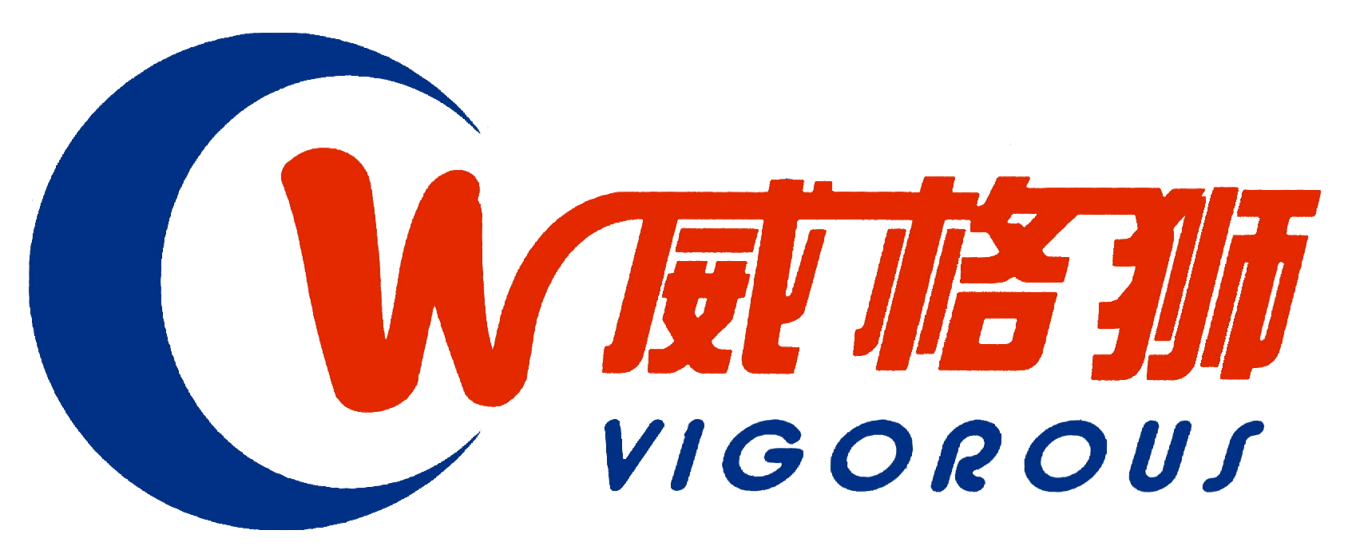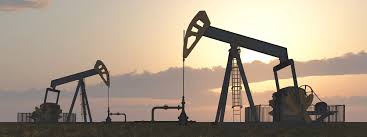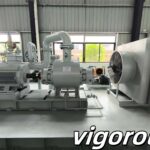In petroleum product applications, fuels, lubricants, and petroleum asphalt need specific screw pump types for transportation due to their different traits. Here is a detailed analysis.
I. Fuels
- Composition: Fuels include engine fuels like gasoline, diesel, jet fuel (aviation kerosene), plus lamp kerosene and fuel oil.
- Output Proportion: In China’s petroleum products, fuels make up about 80%. Engine fuels are around 60% of total fuel volume, with a diesel – to – gasoline production ratio of about 1.3:1.
- Lubricity: Generally, fuels have poor self – lubricity. They can’t well lubricate and protect mechanical parts. Gasoline, for instance, powers spark – ignition engines by burning, with little lubrication effect. Diesel’s lubricity is slightly better than gasoline’s but still lags far behind professional lubricants.
- Viscosity: Fuel viscosities vary greatly. Gasoline has low viscosity, usually 1 – 2 mPa·s (20°C), making it easy to spray and atomize in engines. Diesel, with 3 – 8 mPa·s (20°C) viscosity, ensures good injection in high – pressure systems. Aviation kerosene, with 1.2 – 2.4 mPa·s (20°C) viscosity, meets aircraft engine needs. Lamp kerosene, a bit more viscous than gasoline (1.5 – 2.5 mPa·s at 20°C), helps lamps burn steadily. Fuel oil’s viscosity ranges widely, from dozens to thousands of mPa·s, depending on use and composition. Marine fuel oil, for example, has high viscosity (hundreds of mPa·s) for ship engines.
- Applicable Screw Pump: Due to fuels’ poor lubricity and some fuels’ high viscosity, use a twin – screw pump. Twin – screw pumps can handle non – lubricating and high – viscosity media, meeting fuel transportation needs.
II. Lubricants
- Composition: Mainly lubricating oil and grease.
- Output Proportion: They account for only about 2% of total petroleum products but come in hundreds of varieties.
- Lubricity: Lubricants’ key feature is excellent lubricity. Lubricating oil forms an oil film on parts, reducing friction and wear. Grease, being semi – solid, protects stationary or slow – moving parts.
- Viscosity: Viscosity, a key lubricating oil metric, ranges from a few to thousands of mPa·s. Different machines and conditions need different viscosities. High – speed precision machines may need 5 – 20 mPa·s (40°C) low – viscosity oil to cut energy loss. Heavy – load, slow – speed equipment requires high – viscosity oil (hundreds or thousands of mPa·s at 40°C) for strong oil films. Grease viscosity, shown by penetration, varies widely (150 – 400 (0.1mm)) for different uses.
- Applicable Screw Pump: Given lubricants’ good lubricity, choose a triple – screw pump. It can transport lubricants efficiently and stably for normal equipment supply.
III. Petroleum Asphalt
- Composition: From crude oil processing, it’s black or dark – brown at room temperature, in viscous liquid, semi – solid, or solid state. Its main components are trichloroethylene – soluble hydrocarbons and non – hydrocarbon derivatives, and properties vary by crude source and production method.
- Output Proportion: It’s about 3% of total petroleum products.
- Lubricity: Petroleum asphalt has almost no lubricity. Its components and traits show it’s not for reducing friction.
- Viscosity: It has extremely high viscosity, changing greatly with temperature. At room temperature, viscosity can reach hundreds of thousands or even millions of mPa·s, for bonding and sealing in roads, buildings, etc. As temperature rises, it becomes more fluid for easy construction.
- Applicable Screw Pump: With no lubricity and high viscosity, a twin – screw pump is ideal. It can smoothly transfer petroleum asphalt in production and transportation.




